
RDMA Cameras and GigE Vision 3.0: High-Speed Streaming Standards
Learn how combining the two standards of GigE Vision 3.0 and RoCE v2 RDMA image transfer in 10GigE/25GigE vision systems ensures cross-vendor compatibility.

Learn how combining the two standards of GigE Vision 3.0 and RoCE v2 RDMA image transfer in 10GigE/25GigE vision systems ensures cross-vendor compatibility.
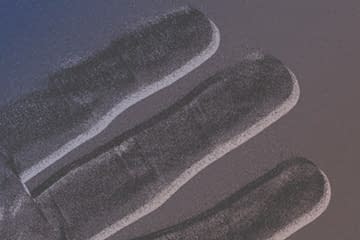
Explore Sony’s IMX636 and IMX637 event-based sensors. Learn about biases, thresholds, filters, with optimization examples for the Triton2 EVS.

Sony’s 5.4 MP IMX490 CMOS sensor provides true on-sensor high dynamic range and LED flicker mitigation thanks to its sub-pixel technology.

Learn about LUCID’s Factory Tough™ cameras that provide wide operating temperatures, EMC industrial immunity, shock and vibration protection, IP67 protection, and more.

Read about the benefits and new features of the 4th generation Pregius S sensors and how they compare to previous generations. Learn about the strengths of each Sony sensor generation and where Pregius S sensors fit in.
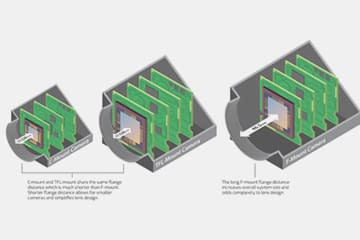
Learn why the TFL-mount and TFL lenses are the best option for cameras with sensors larger than 1.1″ up to APS-C size.
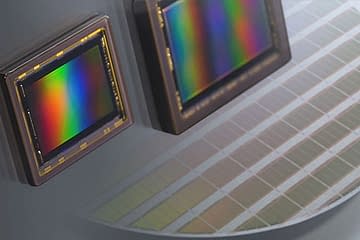
The image sensor is a major component inside a machine vision camera. Learning more about how image sensors work and how they are categorized will help you better choose the right one.
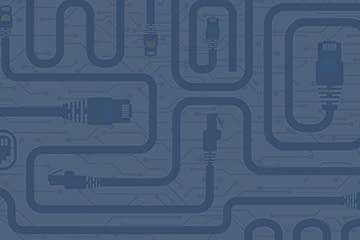
The use of existing CAT 5e and CAT 6 cables combined with the lower power consumption and Power over Ethernet (PoE) has made 2.5GBASE-T and especially 5GBASE-T an attractive alternative for manufacturers of machine vision cameras.
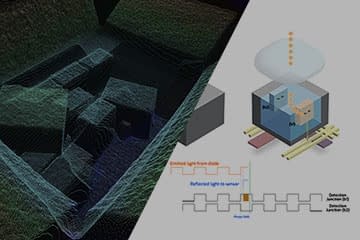
Learn how the combination of advanced technologies such as Sony’s CAPD technology, backside illuminated pixel structure, and LUCID’s specialized camera design, creates the best Time of Flight camera.
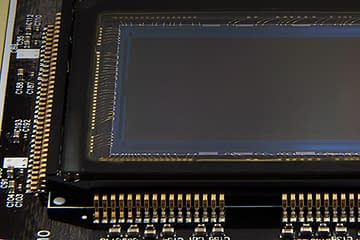
Get clear and sharp imaging in every Triton and Atlas camera, every time. Learn the difference between active and passive alignment and how LUCID uses Active Sensor Alignment during manufacturing to improve camera imaging.